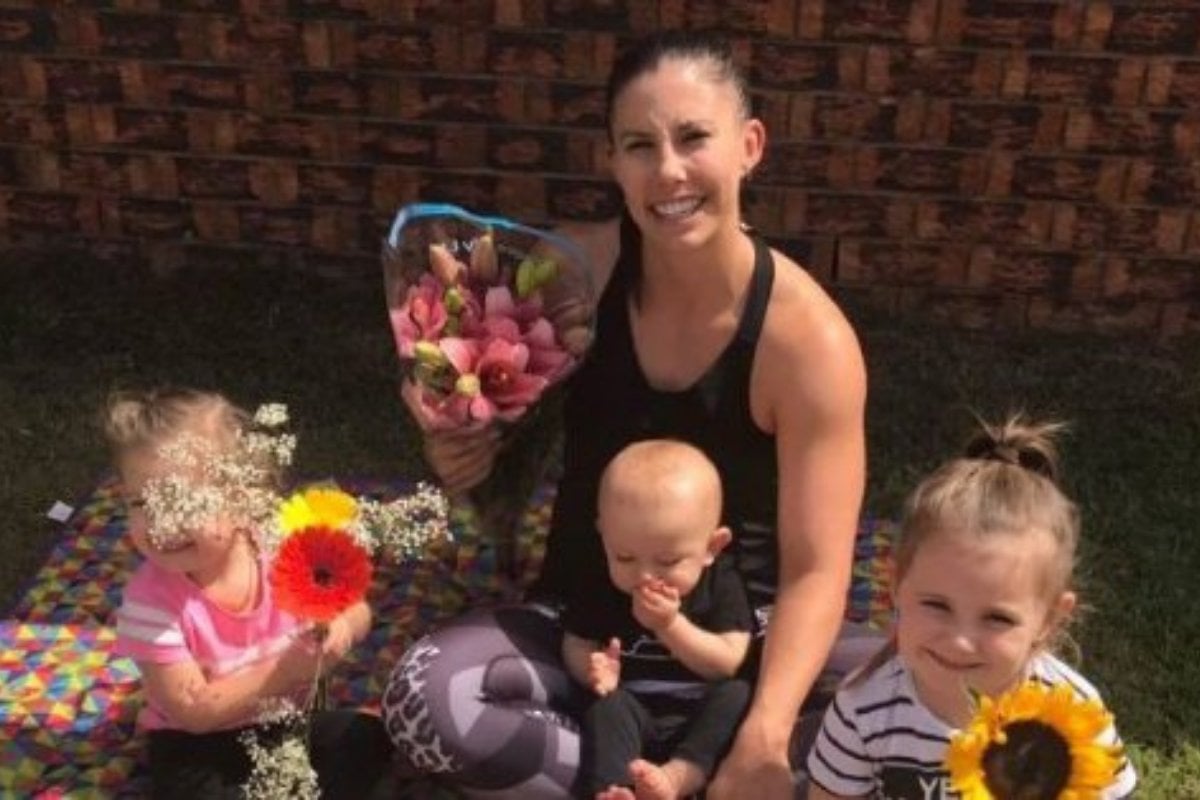
Content warning: This story mentions domestic violence and suicide that may be distressing to some readers.
There aren't a lot of dates, aside from birthdays and anniversaries, that stick in my mind. But February 19, 2020, is one I can't forget.
On that day, three years ago, I was sitting in my lounge room preparing for a domestic violence awareness speaking gig, when suddenly, a series of photographs stopped me in my tracks. Images that, by now, have been seen by millions across the world.
It was the wreckage of a burned-out car on a quiet suburban street – and beside it, a photograph of a woman and her three children.
At that moment, my entire body tensed; my gut dropping to the floor. "No," I breathed. "No, please, not again."
With a growing sense of sickness, I listened to the news update, breaking into tears as I discovered that, once again, a man had killed his ex-partner and children. As Australians soon came to learn, Hannah had only recently walked away from her husband, after coming to an understanding that the years of control, coercion, and abuse she had been subjected to for so long were – in fact – signs of coercive control.
At 31, Hannah had taken control of her future – but her freedom was short-lived. Because only months later, her ex-husband – the father of her children – decided to ambush and kill all four of them.
As a mother, it was almost unbearable to think about.































































































